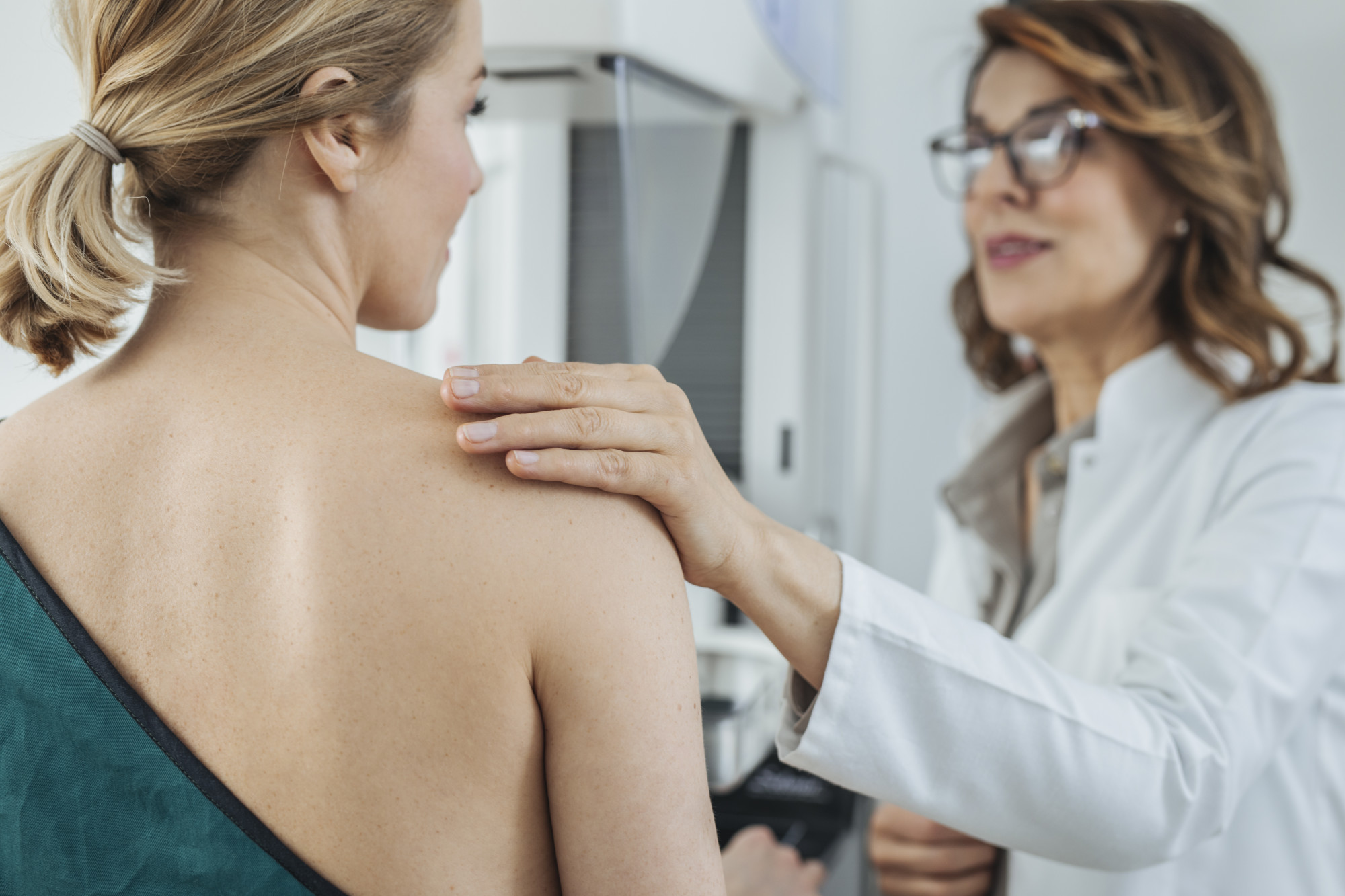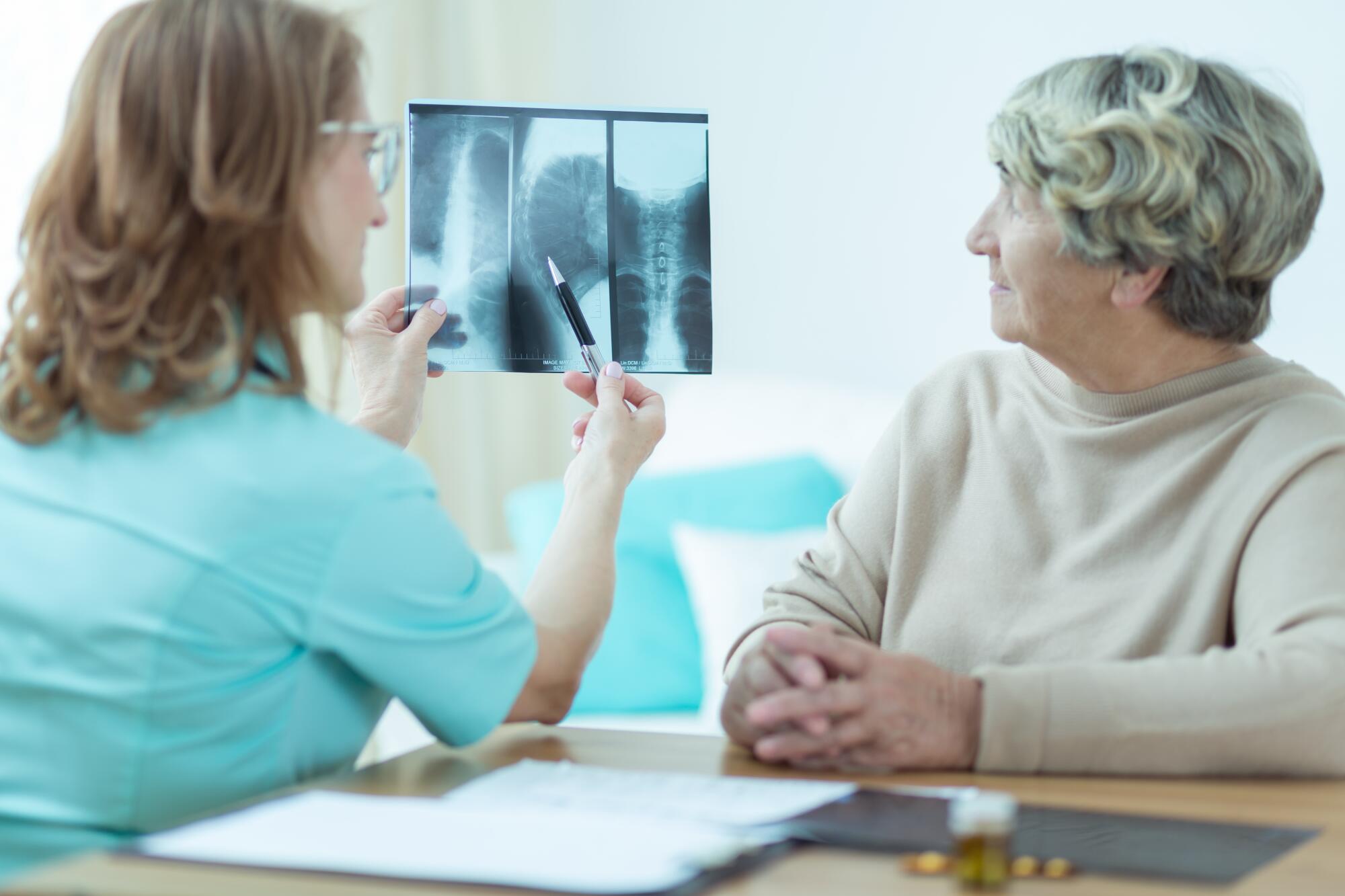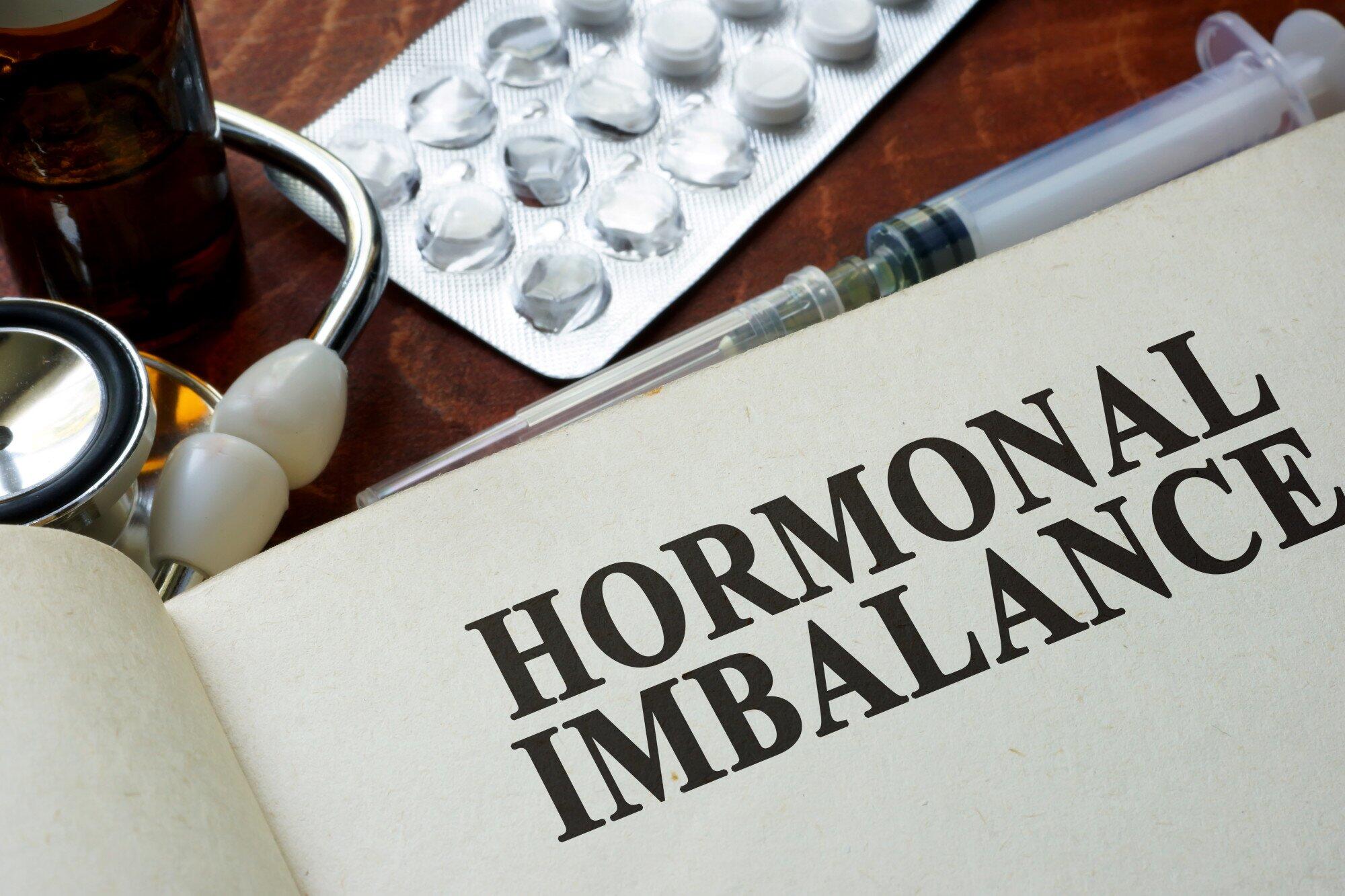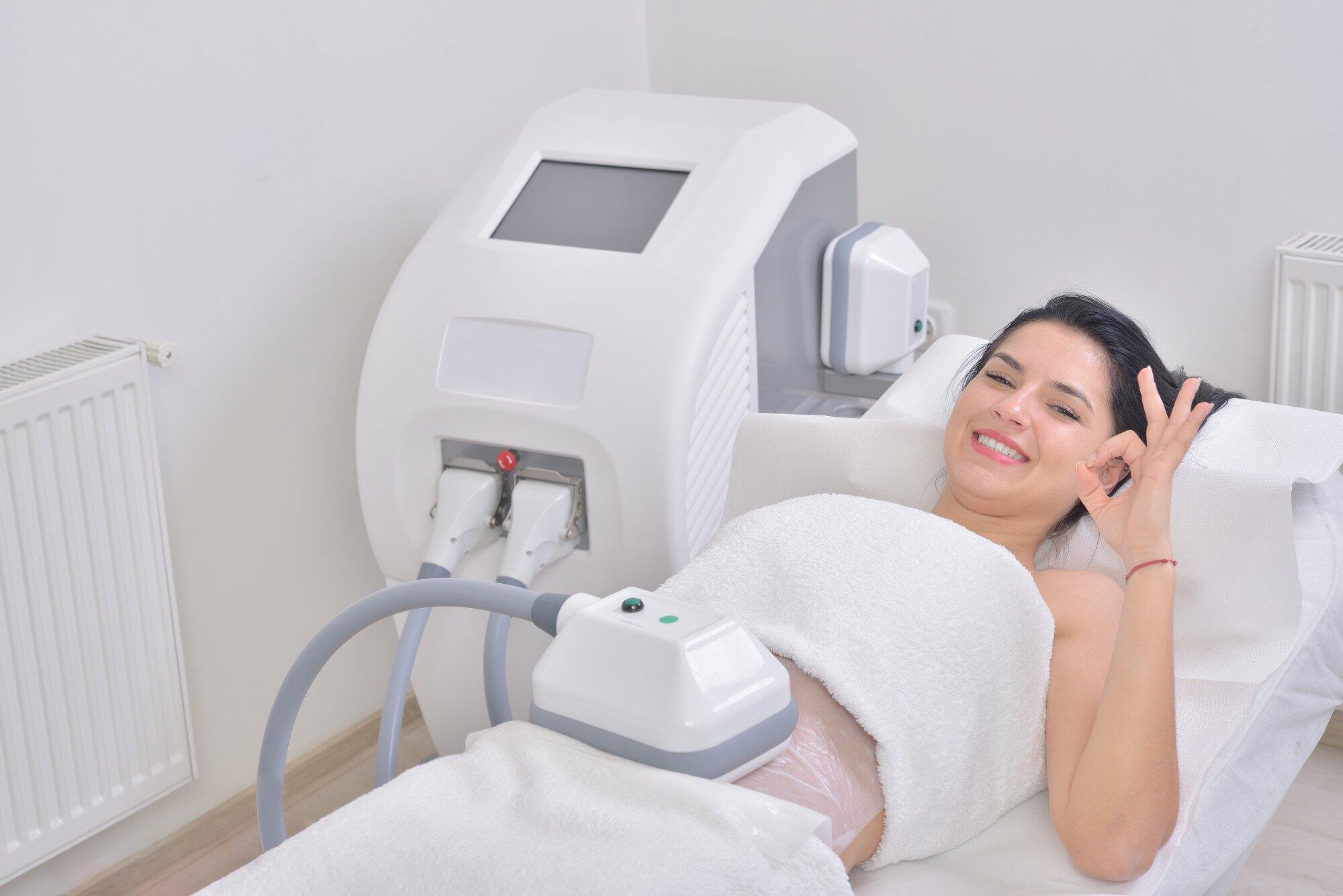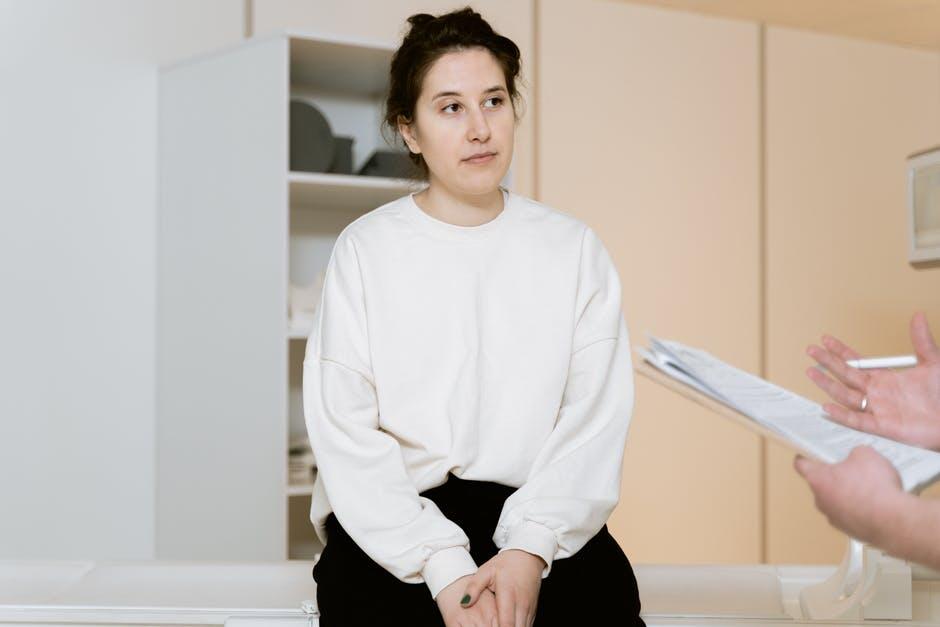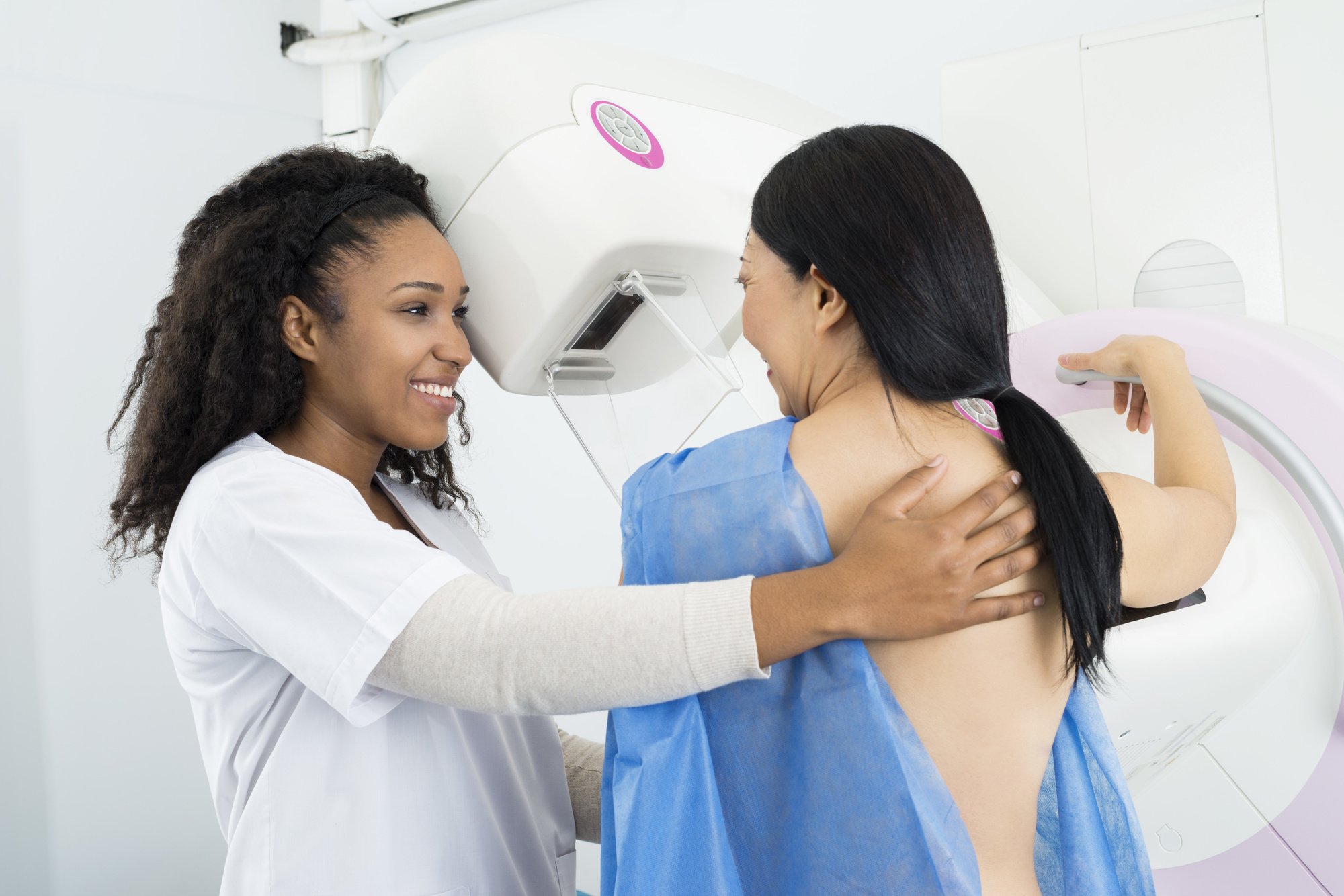Deciding the Best Time: Scheduling Your Mammogram
As women, we know the importance of getting a mammogram to screen for breast cancer. However, deciding when to schedule this procedure can often be confusing and overwhelming. Many questions may arise, such as “When is the best time to get a mammogram?” or “How often should I schedule one?”
These are important questions to consider, as the timing of your mammogram can impact its effectiveness.
In this blog post, we will discuss the factors that can help you determine the best time for scheduling your mammogram, so that you can feel confident and prepared for this important screening. So, if you are wondering about the right time to get a mammogram, read on to find out more!
Understanding What a Mammogram Is and Its Importance
A mammogram is a specialized medical imaging test that uses a low-dose X-ray system to examine the breasts, primarily searching for early signs of breast cancer before it becomes palpable or symptomatic.
For many women, mammograms serve as the first line of defense in detecting breast cancer early, when it is most treatable. The importance of mammograms cannot be overstated; they can detect tumors that are too small to be felt and can identify other abnormalities within the breast tissue.
By allowing for early diagnosis, mammograms play a crucial role in improving the chances of successful treatment and survival. They are recommended for women as part of routine health screenings, but the exact timing and frequency can depend on a variety of factors including age, family history, and overall risk.
Understanding the significance of mammograms underscores the need for scheduling them at the right intervals to maintain breast health.
Official Recommendations for Mammogram Frequency
The frequency with which women should schedule mammograms has been a topic of much discussion among health organizations.
The American Cancer Society (ACS) recommends that women with an average risk of breast cancer should begin yearly mammograms at age 45, transitioning to biennial screenings (every other year) at age 55, though they have the option to continue annual screenings. Conversely, the U.S. Preventive Services Task Force (USPSTF) advises that women aged 50 to 74 years with an average risk should have mammograms every two years, and suggests individual decision-making about starting biennial screening between the ages of 40 and 49.
Women under 40 are typically not recommended to undergo routine mammograms unless they are at higher risk due to genetic factors or family history. It is crucial for each woman to discuss with her healthcare provider her personal risk factors, including family history and genetic predispositions, to tailor a mammogram schedule that best fits her individual needs and risks.
This conversation can help ensure that mammogram screenings are timed effectively for optimal breast health monitoring.
How Life Stages Affect Your Mammogram Schedule
Your stage in life plays a significant role in determining the appropriate schedule for your mammograms. Younger women, especially those under 40, are generally not encouraged to undergo routine mammograms unless they have a heightened risk of breast cancer due to genetic factors or a strong family history.
In these cases, a healthcare provider may recommend an earlier start to screening. During the reproductive years, breast tissue tends to be denser, which can sometimes make mammograms less effective. As women transition into menopause, changes in breast tissue composition and a gradual increase in the risk of developing breast cancer necessitate more regular screenings.
Post-menopausal women, especially those over 55, might opt for biennial screenings, reflecting the American Cancer Society’s guidelines. However, it’s important for women at every life stage to be vigilant about breast health and consult with their healthcare provider to decide the best mammogram schedule.
Personal health history, including previous breast cancer diagnoses or benign breast conditions, can also influence the frequency of mammogram appointments. Engaging in an ongoing dialogue with your healthcare provider ensures that your mammogram schedule aligns with your current health needs and life stage.
Assessing Your Risk Factors
Assessing your individual risk factors is a pivotal step in determining the most appropriate timeline for scheduling your mammogram. Factors such as age, genetic predispositions, personal and family medical history, and lifestyle choices play a significant role in assessing your risk of developing breast cancer.
Women with a family history of breast cancer, especially if a first-degree relative has been diagnosed, may need to schedule mammograms earlier and more frequently. Similarly, those who have inherited genetic mutations, such as BRCA1 or BRCA2, face a higher risk and thus require more vigilant screening.
Lifestyle factors, including diet, alcohol consumption, physical activity, and reproductive history, can also influence your risk profile. Engaging in open and thorough discussions with your healthcare provider about these elements will allow for a more tailored approach to scheduling your mammogram.
This personalized assessment ensures that your screening regimen is aligned with your specific risk factors, enhancing the effectiveness of breast cancer detection efforts and potentially improving outcomes through early intervention.
Time to Schedule Your Next Mammogram
There are moments in life that define our commitment to ourselves. Getting a mammogram, understanding its nuances, and knowing how to prepare for a mammogram are more than just steps in a medical procedure. They’re affirmations of our dedication to our well-being.
If you are in need of a mammogram procedure, take charge and embrace the path to better health. If you’re in Augusta and are looking for someone to talk to about anything to do with obstetrics and gynecology, don’t hesitate to get in touch

